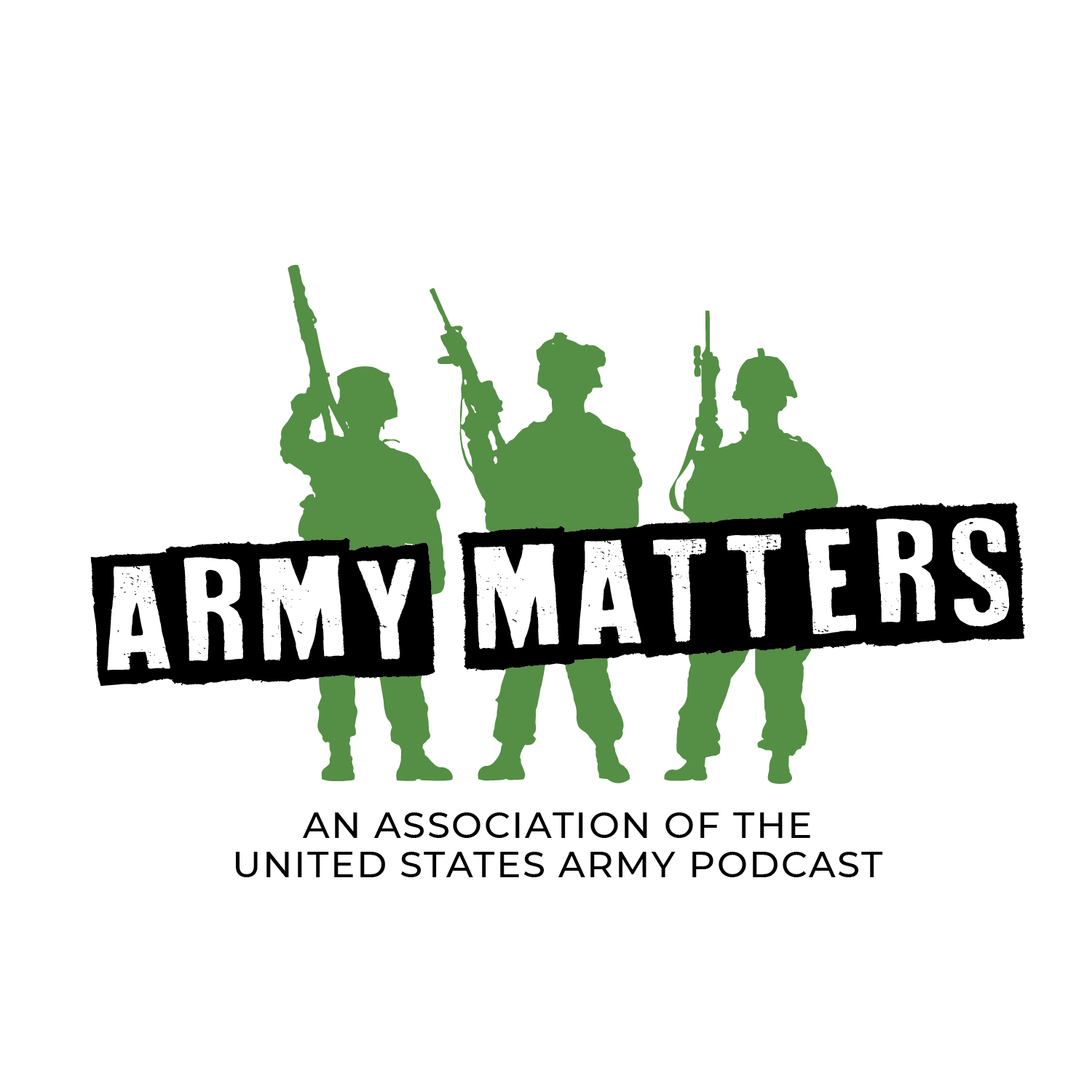- Government
- SEE MORE
- classical
- general
- talk
- News
- Family
- Bürgerfunk
- pop
- Islam
- soul
- jazz
- Comedy
- humor
- wissenschaft
- opera
- baroque
- gesellschaft
- theater
- Local
- alternative
- electro
- rock
- rap
- lifestyle
- Music
- como
- RNE
- ballads
- greek
- Buddhism
- deportes
- christian
- Technology
- piano
- djs
- Dance
- dutch
- flamenco
- social
- hope
- christian rock
- academia
- afrique
- Business
- musique
- ελληνική-μουσική
- religion
- World radio
- Zarzuela
- travel
- World
- NFL
- media
- Art
- public
- Sports
- Gospel
- st.
- baptist
- Leisure
- Kids & Family
- musical
- club
- Culture
- Health & Fitness
- True Crime
- Fiction
- children
- Society & Culture
- TV & Film
- gold
- kunst
- música
- gay
- Natural
- a
- francais
- bach
- economics
- kultur
- evangelical
- tech
- Opinion
- gaming
- College
- technik
- History
- Jesus
- Health
- movies
- radio
- services
- Church
- podcast
- Education
- international
- Transportation
- Other
- kids
- podcasts
- philadelphia
- Noticias
- love
- sport
- Salud
- film
- and
- 4chan
- Disco
- Stories
- fashion
- Arts
- interviews
- hardstyle
- entertainment
- humour
- medieval
- literature
- alma
- Cultura
- video
- TV
- Science
- en
Thought Leaders: Massed Fires, Not Organic Formations – The Case for Returning Field Artillery Battalions to the DivArty

Bring back the DivArty. COL(Ret) Dan Roper, AUSA’s Director of National Security Studies, interviews maneuver and fires senior leaders regarding the need for the Army to return control of divisional field artillery battalions to division artillery (DivArty), rather than brigade combat team (BCT), headquarters. They describe how modularity, the force structure change making FA battalions organic to BCTs beginning in 2003, while well-suited for counterinsurgency campaigns, resulted in fire support inadequate for large-scale combat operations against peer competitors. With the increasing need to converge fires and effects across multiple domains, the centralized control of fires that a DivArty headquarters can provide is essential to the joint force massing effects on an expanding and lethal battlefield. While counterintuitive to some, they make a compelling case that fire support to BCTs will be significantly enhanced by this initiative.
Recommendations for future topics are welcome via email at podcast@ausa.org.
Guests:
- GEN (Ret) James Thurman, former Commander, United Nations Command R.O.K., U.S. Combined Forces Command and U.S. Forces Korea (USFK)
- LTG (Ret) Sean MacFarland, former Deputy Commander, U.S. Army Training and Doctrine Command (TRADOC)
- LTG (Ret) David Halverson, former Commanding General, U.S. Army Installation Management Command (IMCOM) and Assistant Chief of Staff for Installation Management (ACSIM)
- COL (Ret) Dr. David Johnson, Principal Researcher, RAND Corporation
Host: COL(Ret) Dan Roper, AUSA’s Director of National Security Studies
Resources:
AUSA Spotlight: Massed Fires, Not Organic Formations: The Case for Returning Field Artillery Battalions to the DivArty
Dr. David Johnson, RAND Corporation Web: https://www.rand.org/about/people/j/johnson_david_e.html Twitter: @DaveJohnsonDC